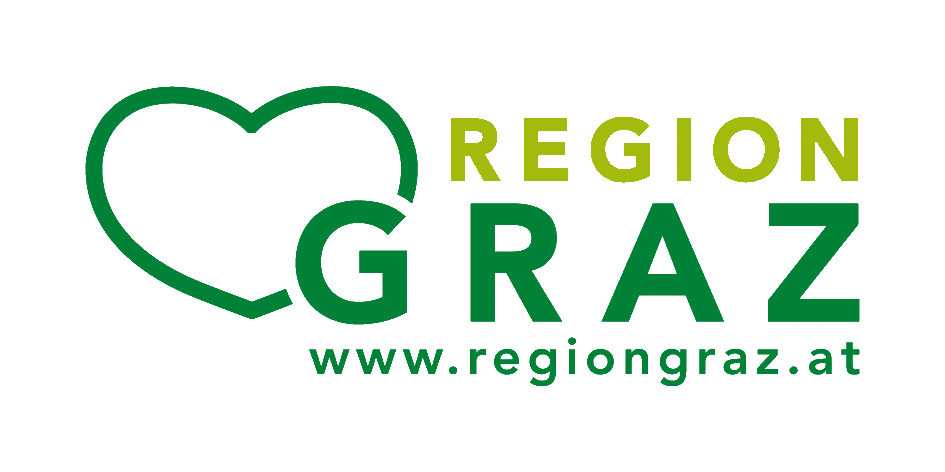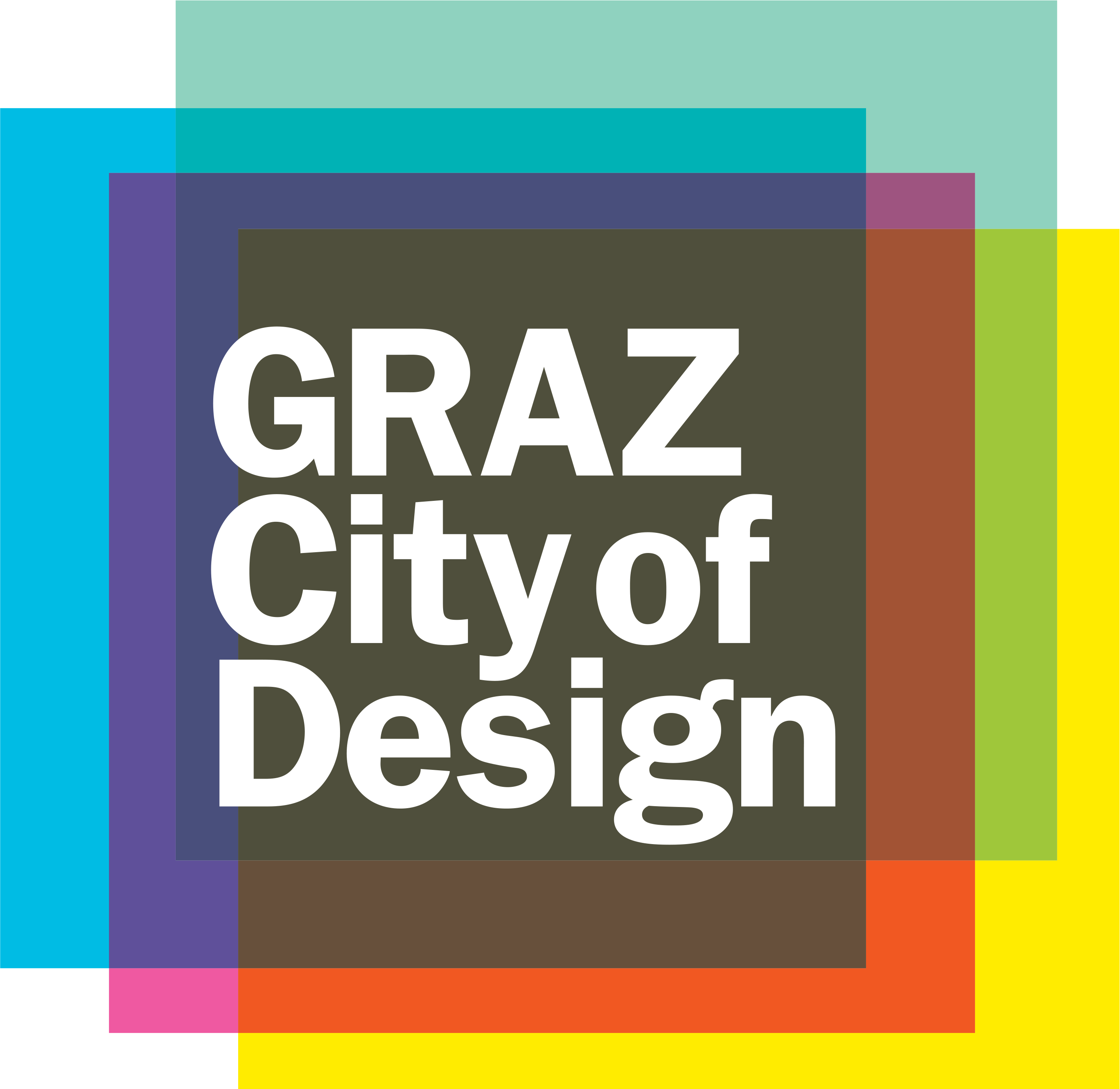This year again, the programme put together by Creative Industries Styria in collaboration with design initiatives, institutions and companies from the creative sector was tightly packed: the opening day in co-operation with FH Joanneum, including a party at the former Tagger factory, was followed by a busy four weeks with numerous highlights, inclu- ding the Fashion and Design Festival assembly, the BarCamp unconference on four different topics, and Design-Thinking on the subject of “Mur as habitat”; the scarlet runner bean as the centre of creative design processes, and “Frucht”, a totally new magazine concept; along with a choice of future topics such as open design in connection with food: food by 3D printer, produced on the foodline. And: open design – created worldwide, produced 100% in Styria – on sale in the world’s first pop-up store for open design. The designforum Styria presented a show of one of the greatest contemporary inventors, James Dyson. Haus der Architektur staged the exhibition “Grazer Schule”, and the Faculty of Architecture’s “Dense Cities” symposium focused on the current challenges of urban development. Also on the bill were interior design for children at “kids room – ZOOM”, the Hyper Cube in Mariahilferplatz, and the design duo MARCH GUT and furniture design label Inch Furniture, who were appearing in Graz for the first time. The programme was rounded off by numerous events on theory and practice. Not to forget the musical highlight of the Month, the springfestival – featuring for the first time the “springsessions” format, the international conference for music and electronic media.
“The Design Month showcased many facets of the local design scene and creative industry, making de- sign visible for one month, encouraging the internationalisation of the city, and honing people’s perception of design”, says CIS manager Eberhard Schrempf. The fact that it had been possible to achieve this despite the local government’s austerity programme, he says, ultimately emphasises the economic relevance of the creative economy for Graz and Styria. According to Mr Schrempf, “The widely ramified creative economy is successfully making inroads into all industries and thus stimulating the market.“







